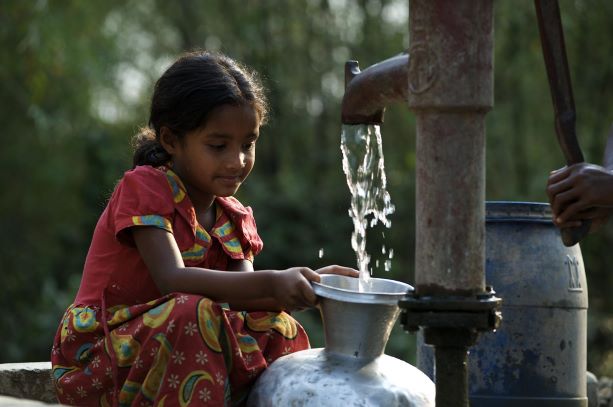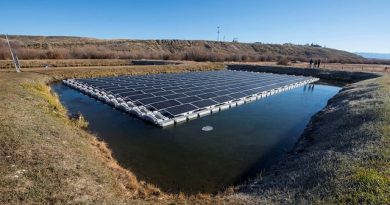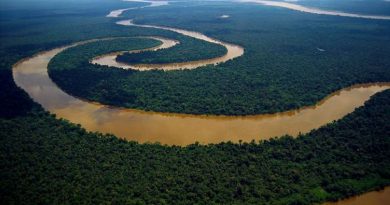NITI Ayog’s 2020 Water Crisis Prediction Faces Up To 2020.

2020 is here, and as far as we can tell, the headlines barely mention a water crisis. Yes, a certain virus has grabbed attention like nothing else in living memory, but even then, noone will dispute that the report’s dire predictions have been proven to be a little too early, at the very least. The Composite Water Management Index (CWMI) released by the NITI Aayog in 2018 predicted that 21 major cities (Delhi, Bengaluru, Chennai, Hyderabad and others) are racing to reach zero groundwater levels by 2020, affecting access for 100 million people.
While alarmist projections that can be proven conclusively ‘wrong’ do no favours to the cause they seek to push, we believe the water projections need a far more nuanced approach. For instance, the projection of 40 percent Indians without access to drinking water is still a very real threat, one reason why the central government has launched the vital Jal jeevan Mission to connect households with tap water by 2024. The Jal Shakti ministry’s own dashboard points to just how arduous the road ahead is. At 26.80 percent households that are connected today, the ministry faces the tall task of connecting 73.2 percent households yet. That number is well over 138 million households today. In fact, the same report had reported a stark fact- That 12 percent of the people in the country were already living a ‘day zero’ scenario, of minimal, rationed access to safe water.
Even the spread and persistence of the Corona crisis in India has been partly blamed on the inability of people in many regions to wash hands regularly, due to lack of adequate water.
Thus, as we have argued earlier, the water scarcity reality in India is a lived reality for many Indians, its just that they don’t have a voice in many cases. a report by the United Nations on World water day had also pointed out that the world remained off track in terms of achieving the ‘right to safe and clean drinking water and sanitation as a human right’, a key SDG goal for 2030.
In the 21 cities that the NITI Ayog report mentioned in India, there is a certainty that between 10 to 30 percent of the population is already suffering water stress. A surplus monsoon last year has certainly helped to defer a crisis for now, but to assume it is gone is simply foolish.
While one can blame the report for being alarmist in retrospect, and possibly damaging some efforts to push for large water conservation projects, a counter view is that the report brought much needed support for countless smaller projects that should never have been delayed, or questioned. Be it recharging river flood plains, putting a stop to relentless groundwater extraction in these cities, or even a bigger push for rainwater harvesting, these are all steps that are no-brainers today. As the country urbanises, water demand will only go up in the cities, and without a conservation strategy in place, pushing down further into the ground, or further away from the city , will only take us so far. In fact, our cities have been the biggest culprits when it comes to valuing land over water, leading to the death of multiple water bodies, encroachment on river beds, and eventually, sourcing water through large dams, hundreds of kilometres away. All the time, spreading the impact of poor water management further and further out to the hinterland.
Also, keep in mind that putting exact dates on large natural shifts is never an easy task, as climate change scientists have also found to their chagrin at times. But change, when it does come finally, can also come swiftly, as more and more affected communities hit by ‘once in a century’ weather events twice in the past 3-4 years will testify.
Just like the 2018 report came out on the back of a poor monsoon year, a couple of good monsoon years do not wash away the reality of the water challenge India faces. The report itself stressed on basing decisions on data, something that has sadly not been done at all by the majority of states in the firing line of impending water troubles. Limited awareness of the issue fails to highlight how even something as critical to the country’s future, like the make in India or ‘Atmanirbhar’ Bharat nation could be laid low not be global competition or politics, but the reality of water availability for many industries.
From power generation to smelting, to chemicals to hospitality, water shortages are already raising red flags for many industrial sectors. Many firms have moved on their own to conserve water, or make their own arrangements, seeing the writing on the wall.
2020 may not be remembered for the water crisis that was predicted, but it would be truly unfortunate if the record shows us that even the dire prediction had failed to get our systems moving to plan for the future.




